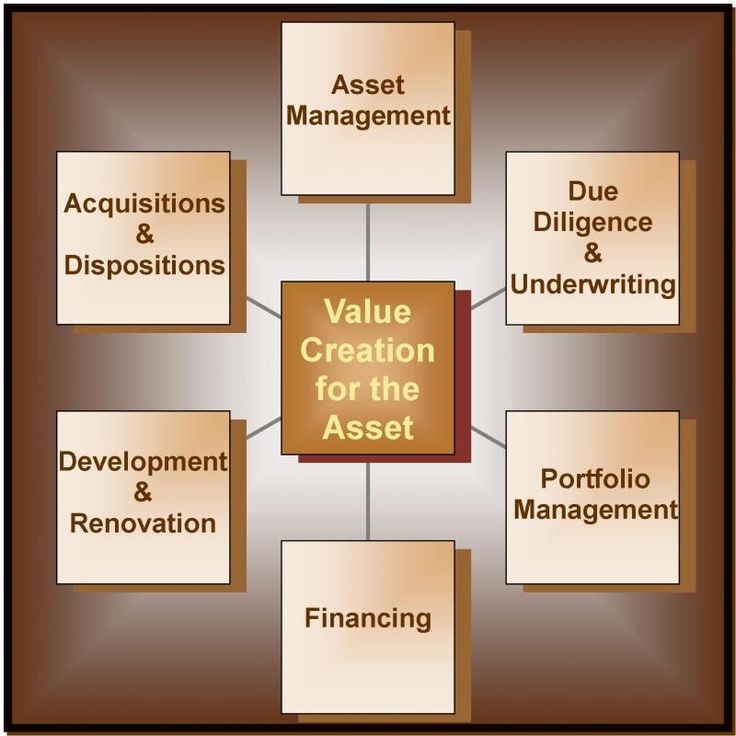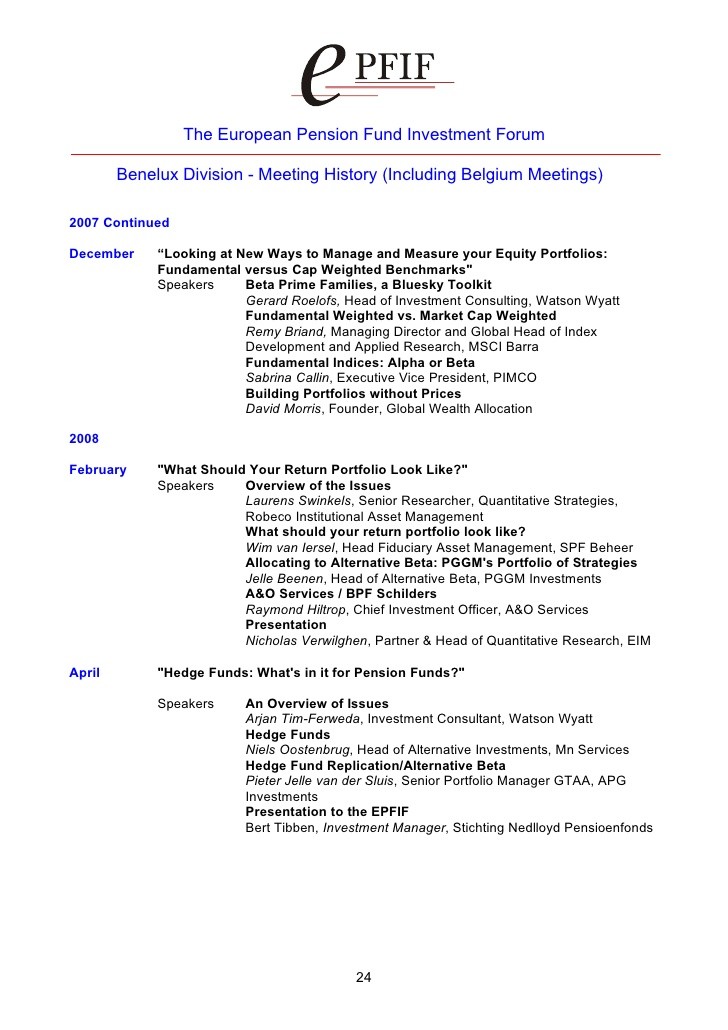Real Future AG Your Real Estate Portfolio Managers
Post on: 19 Апрель, 2015 No Comment

Benefits and risks of real estate investments
Benefits
Together with cash, stocks and bonds, real estate is the fourth basic asset class. In order to profit from its stabilizing effect on investment portfolios and from the attractive return potential, every investor should consider real estate when allocating resources. Most independent financial advisors suggest risk-averse investors to place approx. 15 to 30 percent of the overall portfolio in real estate.
The major advantages of including real estate in your investment portfolio are discussed below.
1. Diversification
Like most investment markets, real estate markets are subject to cyclical change. This process evolves slowly and is largely unrelated to the performance of financial markets. Generally, real estate markets are driven by various local market factors and are less dependent on national or global economical developments. This intrinsic difference to other types of investment makes real estate an essential part of a diversified and stable portfolio. In more technical terms, by eliminating unstructured risk through diversification into real estate, the investor enhances portfolio performance without suffering any resulting disadvantages or trade-offs.
2. Inflation hedge
Tenant contracts in the US as well as Switzerland may be linked to the Consumer Price Index (CPI). This way inflation loss on income is eliminated.
As real estate pricing relies heavily or fully on the Discounted Cash Flow method (DCF), a nominal increase of investment returns should also result in a nominal increase of property value estimates.
Mortgages are not nominally adjusted in case of inflation. Therefore, in real terms, inflation amortizes the loan automatically .
Decrease of real value of capital cost.
The contractual interest rate is applied to the mortgage capital that nominally has not changed but decreased in value in real terms. This correlation causes capital costs to equally decrease in real value.
3. Capital gains
Despite the fact that population growth in the industrialized world is stagnating, real estate continues to rise in value. Rising values can be attributed to increased demand for working space and living space per capita, and increased migration into booming regions resulting in excess demand over supply. It should be noted that one can only realize capital gains when the property is sold, making real estate a relatively longer-term investment.
4. Cash Flow
The quality of the Real Future partner network enables us to limit ourselves to the most attractive Real Estate objects. The running costs associated with these buildings are well controlled and often at a low level whereas returns generally exceed the market benchmark. These returns finance the creation of financial reserves or the payment of free cash flows to the owners.
5. Tax benefits
Comparatively, real estate investment has the most favorable tax benefits. The tax benefits that apply in each case is dependent on the structure of the investor (or the investing legal entity), the current financial situation, as well as on the property itself. The most important tax issues to be investigated relate to:
- Amortization methods;
- Transfers of capital gains after termination; and
- Allocation of losses on takeovers
Risk
The level of risk associated with real estate investments is relatively low. This limited volatility comes from the stable development of supply and demand. The living and working space demanded by individuals and organizations only marginally adjusts to changes in price. On the other hand, the basic resource for real estate is land, which can not be produced at will. The popularity of real estate as an asset class derives from the fact that at this low level of risk attractive returns can still be generated.
The following paragraphs outline the five different types of risk associated with real estate investments.
1. National market risk
The real estate market has historically been considered relatively risky. Today, supply and demand have become more liquid and transparent, thereby stabilizing the real estate market. It generally reacts more quickly and more sensitively to changes in the economy.

2. Regional market risk
The most important characteristic of a building is its location. Defining the quality of the location is something that depends on a number of factors: Surrounding buildings and construction projects, building zone planning, connections to highways and public transportation are the ones you may first look at. It’s essential for any investment to know all these variables, and we include this research as part of our due diligence process.
3. Object quality
High returns can be achieved through savings in maintenance work, property adjustments aiming at satisfying tenant needs, and/or avoidance of expenses related to finding new tenants.
4. Tenant risk
Ensuring that investments have a high level of sustainable returns is an important part of the Real Future sourcing process. There are several ways to secure lease income including: checking each tenants credit standing prior to investment, signing long-term tenancy agreements, and/or supporting tenant loyalty through an attractive mix of tenants and a good property location. Tenant risks tend to focus on the likelihood of keeping or losing existing tenants, whereas market risks discussed above give an indication of how easy it is to find new tenants.
5. Financing risk (leverage)
Financial risks are more easily controlled than market and object risks and can be adjusted in order to meet the needs (risk profile) of our clients. The following two parameters can be adjusted:
Contained risks vary depending on if the investor grants a loan, grants a participative loan, supplies mezzanine financing or purchases regular equity .
Extent of financing
The risk of an investment project decreases if less borrowed capital is used to finance purchases. At the same time, the leverage effect is weakened. Basically, the risk of an investment project decreases if the amount of equity being used to finance the object increases .
Two types of risk become relevant when looking at an investment as part of an overall portfolio.
If you have an investment in a foreign currency and the corresponding exchange rate decreases, profit and sometimes even the investment capital decrease. This risk is not an integral component of a real estate investment. The causes of exchange rate fluctuations are rarely related to real estate markets and should not be attributed to the performance of your real estate investment broker. The investors overall portfolio strategy determines the currency diversification to be pursued and to which extent risks should be hedged .














